SBV on the journey of "gradually reducing and eliminating" credit room
At the regular Government meeting in June 2025 held on July 3, Prime Minister Pham Minh Chinh directed the State Bank of Vietnam (SBV) to ensure reasonable credit growth target of over 16% this year.
At the same time, the Prime Minister requested the monetary authority to continue efforts to cut costs and lower lending interest rates to support businesses, promote production and business, and restore the economy .
One notable point is the direction on considering removing administrative tools in credit management.
The Prime Minister requested the State Bank of Vietnam to urgently evaluate and gradually eliminate the mechanism for allocating credit growth targets, commonly known as “credit room”, to switch to a method of operating according to market signals.
At the same time, the State Bank needs to develop a set of criteria for credit safety control based on international standards and report to the Government in July 2025.
Credit room is a tool applied by the State Bank for more than a decade to control the scale of outstanding loans, regulate total means of payment and serve the goal of stabilizing the macro economy, especially in periods sensitive to inflation and financial risks.
However, as most banks have met Basel II standards and are moving towards Basel III, this administrative allocation mechanism is increasingly revealing bottlenecks.
There are many cases in reality where businesses have good financial capacity and feasible business plans but cannot access capital simply because... banks have run out of room.
For individual customers, there are cases where they are fined for home purchase contracts because the bank cannot disburse on time, not because of credit risk, but simply because “quota has run out”. A mechanism that was originally created to control systemic risk, has now become a barrier to the healthy flow of credit that the economy desperately needs.
In fact, the policy of abolishing the credit room has been mentioned many times by the leaders of the State Bank of Vietnam recently. At the Prime Minister's Conference with commercial banks at the beginning of the year, Deputy Governor Dao Minh Tu emphasized: "The State Bank of Vietnam will innovate its management methods, have a roadmap to gradually reduce and eventually eliminate the allocation of credit growth targets for each bank."
That roadmap is being implemented step by step. Last year, the State Bank of Vietnam officially abolished the credit room for foreign bank branches. For domestic credit institutions, the regulatory agency is continuing to review and gradually remove this limit, along with conditions for capital safety, asset quality and risk management.
In 2025, the SBV will also change its approach to room allocation. According to Mr. Dao Minh Tu, instead of waiting for banks to propose, the SBV will proactively adjust the limit based on actual operations. This not only helps shorten the process, but also demonstrates a more flexible management mindset, better supporting economic growth.
However, the State Bank also sets clear conditions: banks that are given the initiative must ensure strict compliance with capital safety standards, control credit quality and lend to the right subjects. The market mechanism will go hand in hand with responsibility, leaving no room for credit growth at all costs.
The gradual reduction and eventual elimination of credit room is not only a technical adjustment, but also a signal of policy transition: from administrative management to market operation, from command to transparency and competition.
If implemented properly, this will be an important turning point to help the Vietnamese financial and banking market approach international standards, while also unblocking capital flows for the economy in the post-crisis acceleration period.
Many banks and experts are expecting the State Bank to abolish the credit growth target allocation mechanism, an administrative tool that is considered rigid and has many shortcomings.
There are enough market tools to replace credit room.
Although the State Bank of Vietnam (SBV) is still cautious when talking about completely abolishing the annual credit limit mechanism, it is concerned that the banking system may fall into a hot growth race like the period before 2011.
As a result, interest rates on deposits and loans were pushed up, and bad debts increased sharply, but according to many experts, the current context is different. The current banking system has enough strong, clear, and legally effective market tools to replace the credit room.
One of the important "barriers" is the capital adequacy ratio (CAR) according to Basel II and Basel III standards. According to regulations, if banks want to expand credit into high-risk areas such as real estate or securities, they are forced to increase their equity capital to ensure the minimum CAR ratio.
This is a technical measure but has a market nature that allows banks to consider risks and financial capacity before expanding outstanding loans.
In addition, the State Bank also holds many other indirect tools to regulate money supply and control credit growth, without having to apply rigid administrative measures.
For example, the reserve requirement ratio is a traditional tool but still effective. Raising the reserve requirement ratio from the current level to 5% or 10% will force banks to “lock up” a larger amount of capital at the State Bank, thereby reducing their lending capacity and contributing to cooling credit growth if necessary.
In addition, open market operations (OMO) are also a powerful regulatory tool that the SBV can use flexibly. Through the issuance of treasury bills or the purchase and sale of securities, the regulatory agency can "absorb" or "inject money" into the banking system depending on the market situation without having to use administrative orders. This is a common way of operating in developed economies, and Vietnam is also gradually approaching this direction.
The current context further supports the transition to market-based credit management. In 2025, the Government targets economic growth of over 8%, aiming for higher milestones in the following years.
For the banking sector alone, this year's credit growth target is about 16%, 0.92 percentage points higher than the level achieved in 2024. This increase is considered "adequate" to meet the capital needs of businesses and people in the context of controlled inflation and stable interest rates.
According to data from the State Bank of Vietnam, as of June 26, 2025, the total outstanding debt of the entire system reached over 16.9 million billion VND, an increase of 8.3% compared to the end of 2024. Compared to the same period last year, credit increased by 18.87%, the highest increase since 2023.
Notably, the current credit structure is shifting positively in line with the economic development orientation: the agriculture, forestry and fishery sector accounts for 6.37% of outstanding loans; the processing and manufacturing industry accounts for 12.84%; construction 7.53%; the service sector accounts for the largest proportion with 23.74%; while the real estate business sector is at 18.47%, a reasonable level in risk control.
Commercial banks are also actively disbursing according to the direction of the Government and the Prime Minister, especially priority credit programs: social housing loans, home rental for young people under 35 years old, VND500,000 billion credit package to support infrastructure investment and digital transformation, or policy credit programs. These are capital flows with clear orientation, targets and are closely monitored.
According to experts, credit is on the right track. Interest rates are stable at low levels, money supply is still wide open and banks are strong enough to self-adjust according to market mechanisms.
In that context, the abolition of the credit room mechanism expected in the third quarter of 2025 is reasonable and timely. It not only creates conditions for smoother capital flows, but also helps the Vietnamese financial and monetary market move closer to more modern, transparent and effective management standards.
Source: https://baolamdong.vn/khi-nao-ngan-hang-nha-nuoc-se-noi-hoac-xoa-bo-room-tin-dung-381492.html


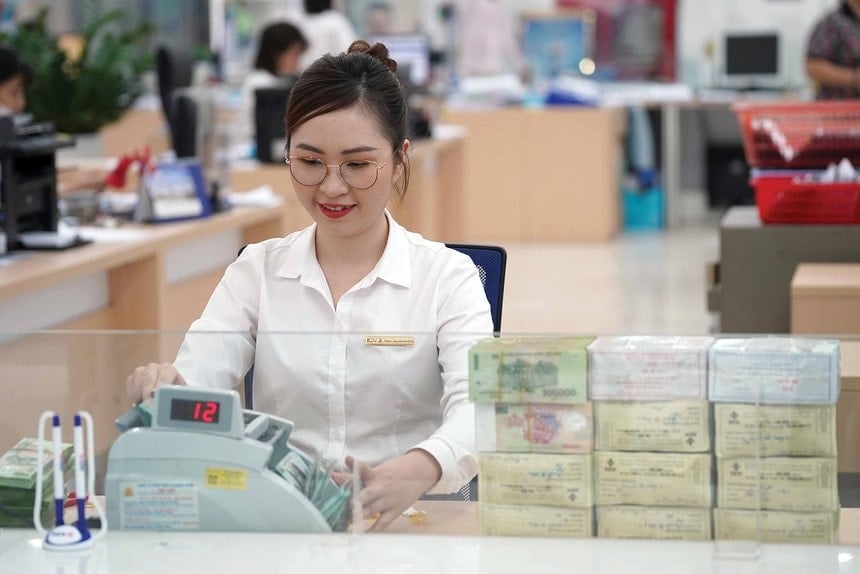
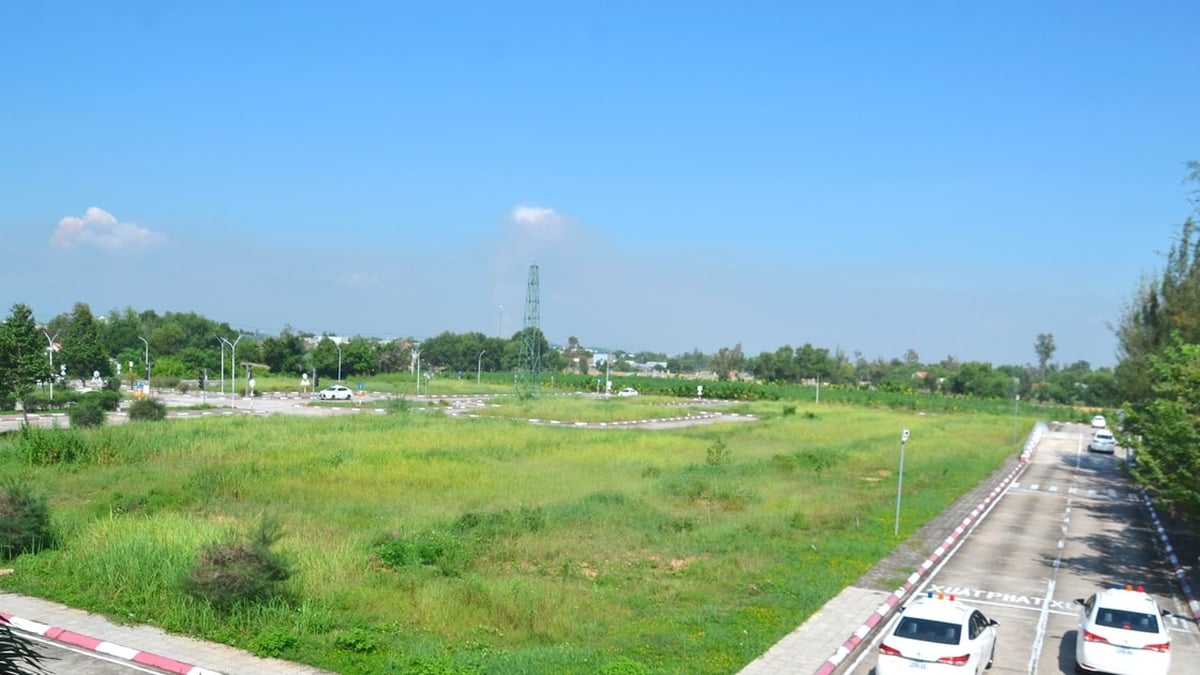



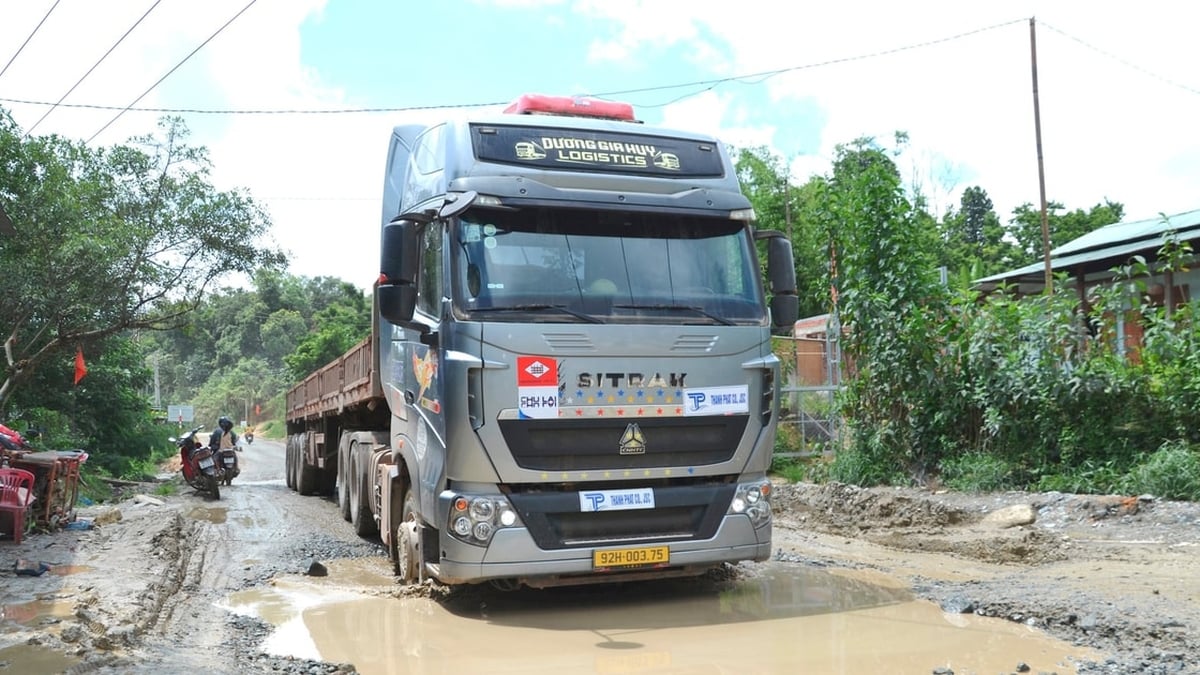
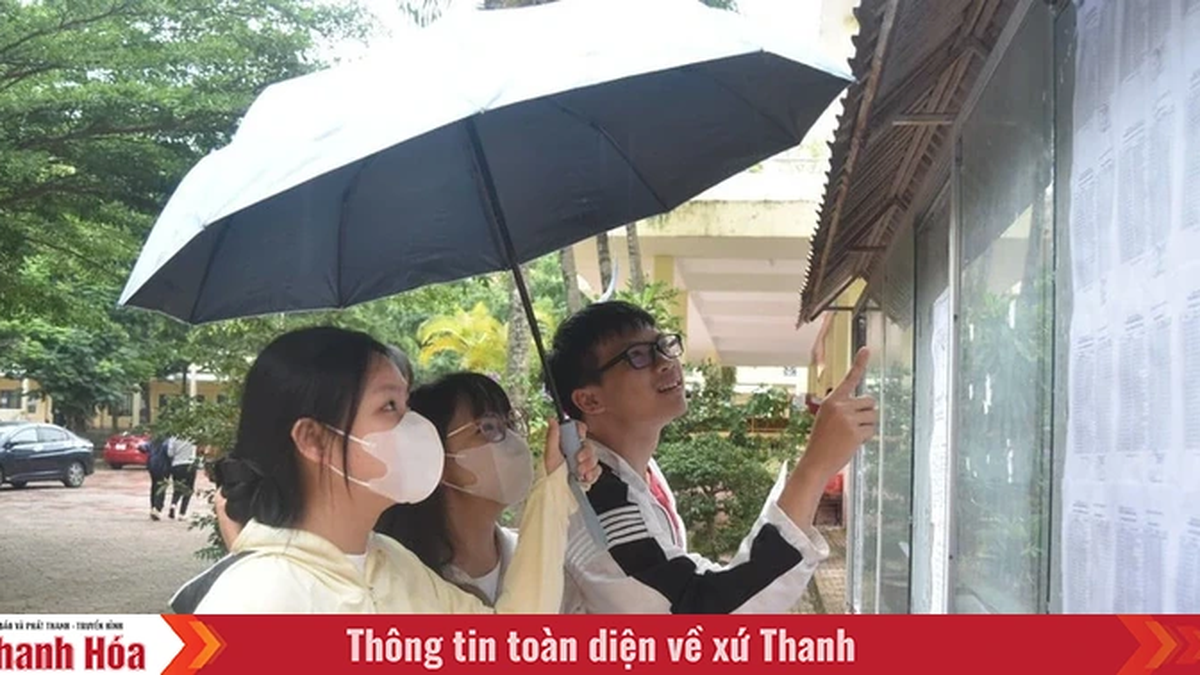

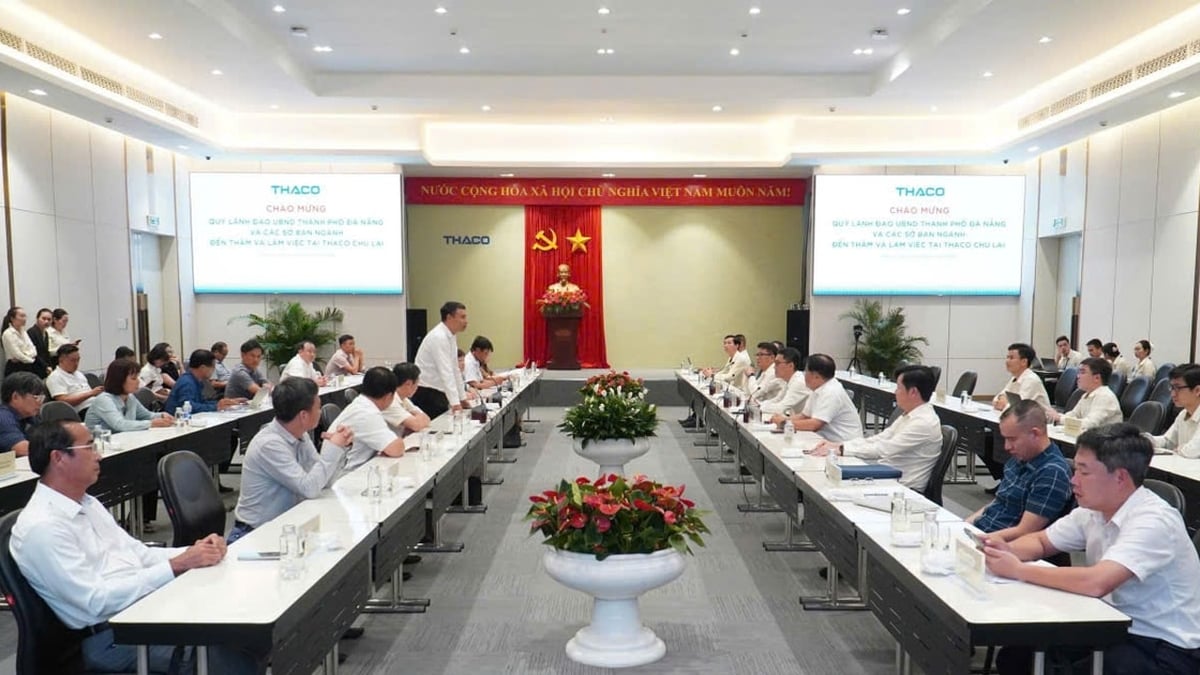
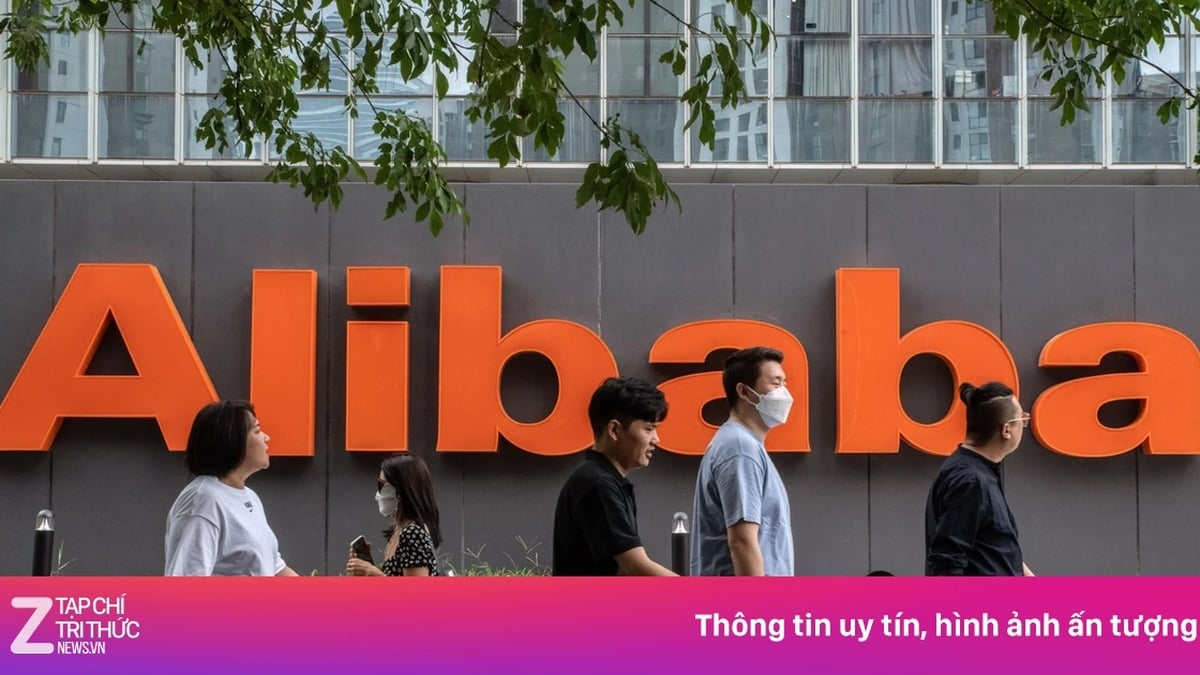
















































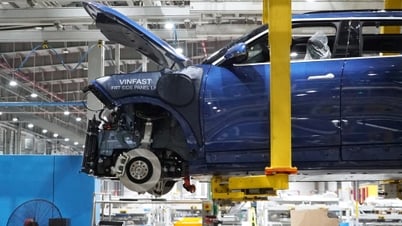








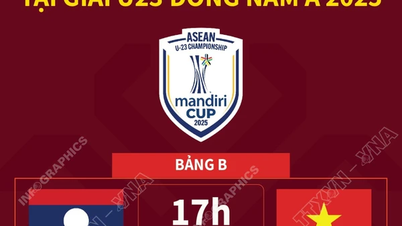








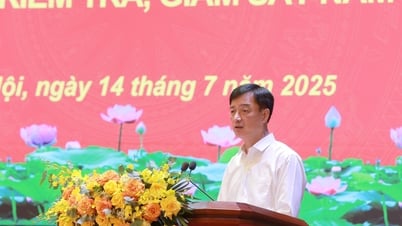
























Comment (0)